Sustaining industry averages and benchmarks are the antithesis of innovation and a great way to ensure average performance. Doing whatever everyone else is doing is a “paving the cow path” management mentality, lacking aspirational goals which are critical for organizations to fuel innovation and create customer and market differentiation. Which brings me to why I teach.
As my students and I work through their “Thinking Like a Data Scientist” exercises together, I always learn something new from them. And not one of these students – tomorrow’s business and society leaders – is not interested in being average. They hold high aspirations for themselves and their future.
So, based upon what I am seeing in the classroom (and from several clients who are also not content with just being average), here are Schmarzo’s “7 Keys to Fuel Innovation for 2020.”
Let’s drill each one!
Key #1: Have an Aspirational Vision
Every organization needs a “North Star” – an unwavering definition of an organization’s aspirational vision – that guides their business, operational, technology and cultural decisions.
The “3 Horizons of Digital Transformation” defines your organization’s “North Star,” guiding its aspirational journey to create new sources of customer, product and operational value (see Figure 1).
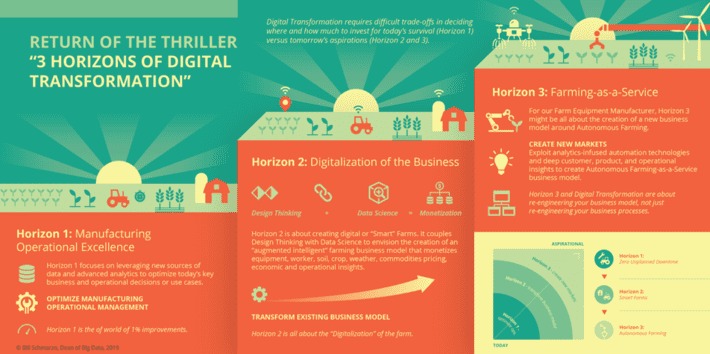
Figure 1: 3 Horizons of Digital Transformation
The 3 Horizons concept not only provides an aspirational “Horizon 3” vision, but it also provides a roadmap for how organizations can leverage digital technologies, data and analytics to drive Operational Excellence today (Horizon 1) while building out the digital capabilities to transition to “smart” environments (Horizon 2).
Key #2: Frame (and Reframe) the Problem
Invest the time upfront to frame, and then reframe, the problem your organization is trying to solve. Create a common mission statement, vision and language, and the organizational improvisation that can unleash and scale innovation across the organization (see Figure 2).
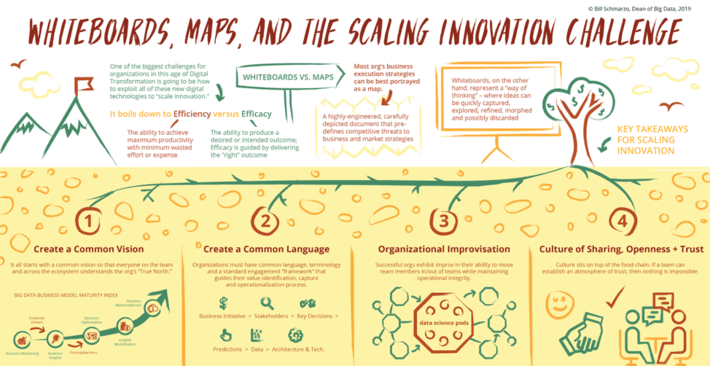
Figure 2: Scaling Innovation
Scaling innovation means establishing a common language, vocabulary and approach so that there is no confusion about what is being said, and a standard engagement “framework” that frames the value identification, capture and operationalization process.
Scaling innovation means empowering organizational improvisation by creating smaller, autonomous teams who have the charter to achieve their team’s objectives via the ability to move team members in and out of teams, all while maintaining operational integrity and a laser focus on the organization’s aspirational vision.
Key #3: Blend Two Seemingly Unrelated Concepts
Sometimes the best innovative ideas come from blending two or more loosely coupled but influential approaches in order to seek new synergies and drive new perspectives. Think about the blending data science with economics or blending of data science with design thinking (see Figure 3).
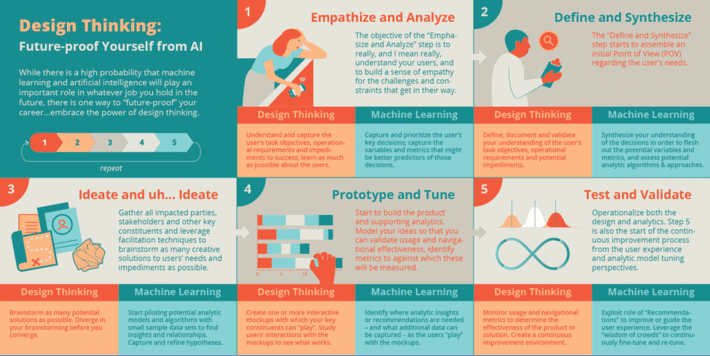
Figure 3: Blending Data Science and Design Thinking
We find that blending Design Thinking with Data Science yields higher quality and more relevant analytic results. Both Data Science and Design Thinking leverage highly nonlinear thinking processes to discover the criteria for success. Data Science discovers the criteria for success buried in the data (codifying trends, patterns, and relationships) while Design Thinking discovers the criteria for success buried in the human interactions (using personas, journey maps, and storyboards).
Key #4: Simplify and Streamline
There is probably no more striking example of simplifying than when Steve Jobs, the innovative founder of Apple and Pixar, created the iPod. Sony and many others had created all sorts of clumsy mp3 playing devices that required a user’s guide the size of “War and Peace” to use. Jobs created a playlist on one of those devices and changed the market by understanding the customer journey in detail, and the working hard to simplify.
Simplifying is not easy, and it is NOT “dumbing down”. Simplifying requires intimate knowledge of your customers’ mindsets, and then working to eliminate the areas that reduce enjoyment and highlighting areas that increase enjoyment. A customer journey map is a great tool for gaining this level of customer insights (see Figure 4).
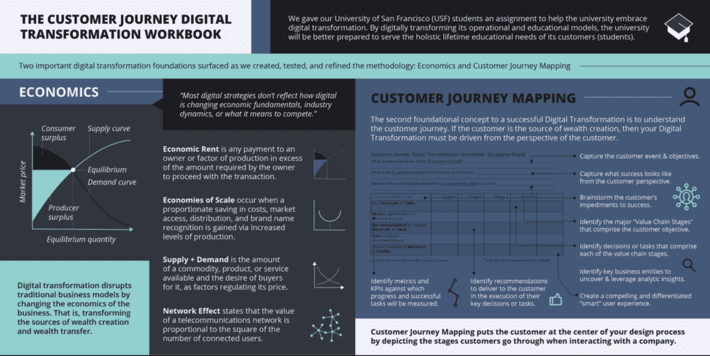
Figure 4: Customer Journey Map
Key #5: Exploit Diversity
To find innovative solutions to customers’ most important problems when leveraging data and analytics requires the organizations to transform their business stakeholders into “Citizens of Data Science” in order to drive the collaborative data science engagement process. Business Stakeholders should not only understand where and how to apply data science to power the business but champion an analytics-based approach toward value creation across the entire organization. That’s the goal of my new workbook, “The Art of Thinking Like A Data Scientist”, seeks to accomplish (see Figure 5).
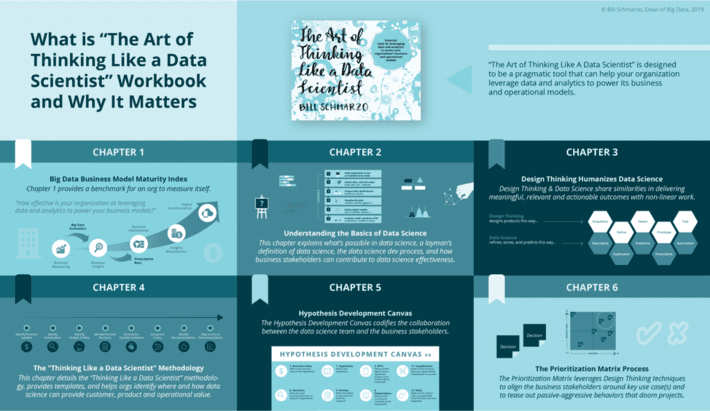
Figure 5: The Art of Thinking Like a Data Scientist
Key #6: Ensure Relevance
The business, economic and social good that can be delivered courtesy of data science is almost unbounded; it has the potential to improve healthcare, public safety, transportation, education, environment, manufacturing, communities and the overall quality of life. If what your organization seeks is to exploit the potential of data science to power your business models; then your next question is “How do I achieve that?” That’s the role and potential of Value of Engineering (see Figure 6).
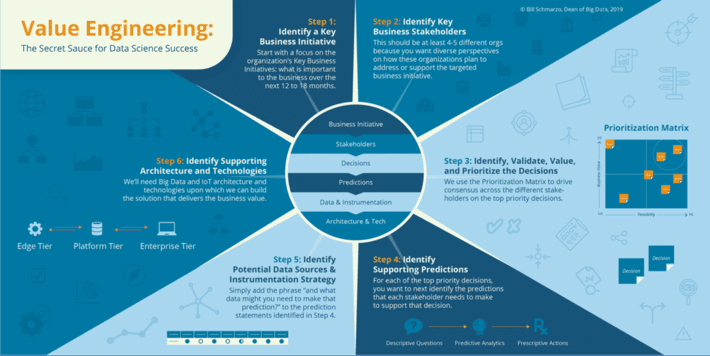
Figure 6: Value Engineering Framework
If what your organization seeks is to exploit the innovative potential of data and analytics to power your business and operational initiatives; then the Data Science Value Engineering Framework provides the “How” your organization can do it.
Key #7: Embrace (Monetize) Impediments
To create that customer-focused mindset, organizations need to invest the time and effort to really understand and experience their customers’ solution journey; to create an “outside-in” approach that identifies, validates, values and prioritizes the sources of customer and market value creation regardless of artificially-defined industry boundaries. And surprisingly, many times it is a solid understanding of the customers’ pain points on that journey that provide the impetus for an innovative solution (see Figure 7).
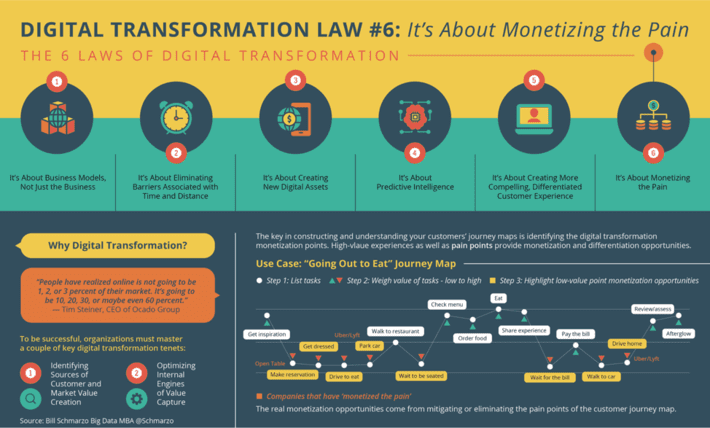
Figure 7: Seek an Innovative Solution by Monetizing the Pain
The clear opportunity to monetize the pain points was really the “aha” moment for me. While there are certainly opportunities to monetize the high points of a journey, the real monetization opportunities come from mitigating or eliminating the pain points on the customer journey.
Summary
Industry averages and industry benchmarks are the antithesis of innovation. Doing whatever everyone else is already doing is a “paving the cow path” management mentality. If you want to move beyond just being average, I’d suggest embracing Schmarzo’s “7 Keys to Fuel Innovation for 2020:”
- Have an Aspirational Vision
- Frame (and Reframe) the Problem
- Blend Two Seemingly Unrelated Concepts
- Simplify and Streamline
- Exploit Diversity
- Define Value
- Embrace (Monetize) Impediments
Enjoy the ride!
